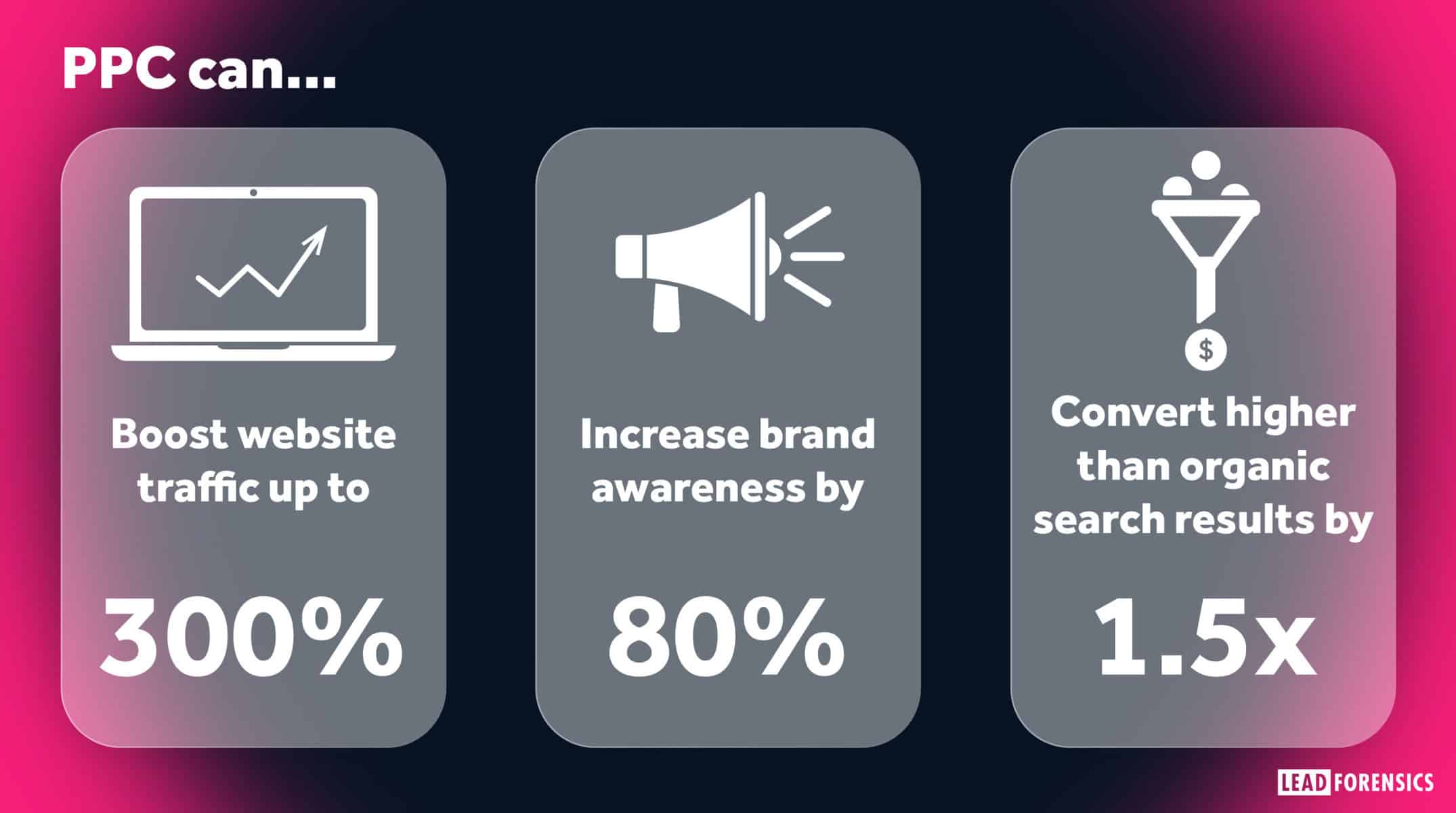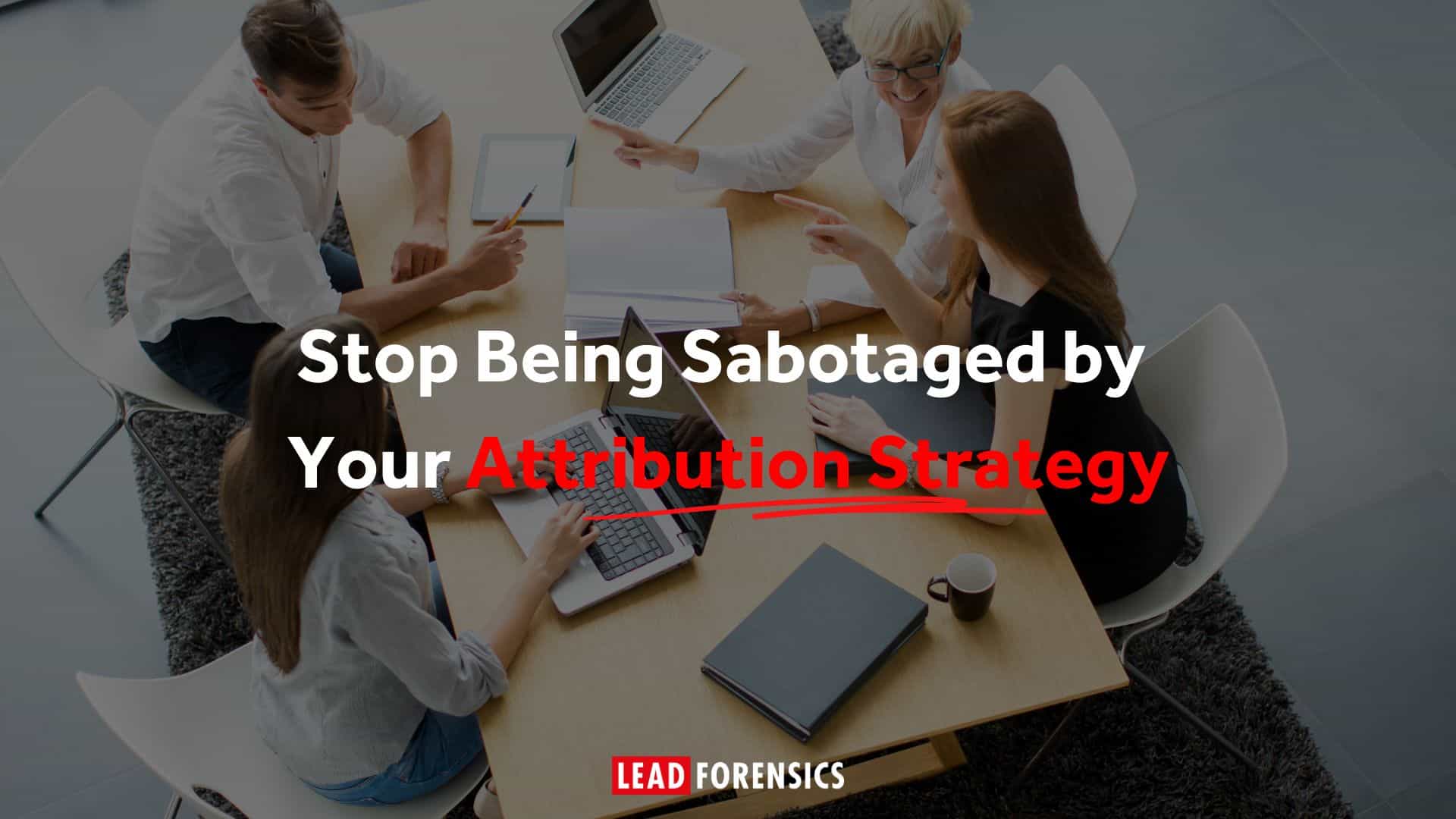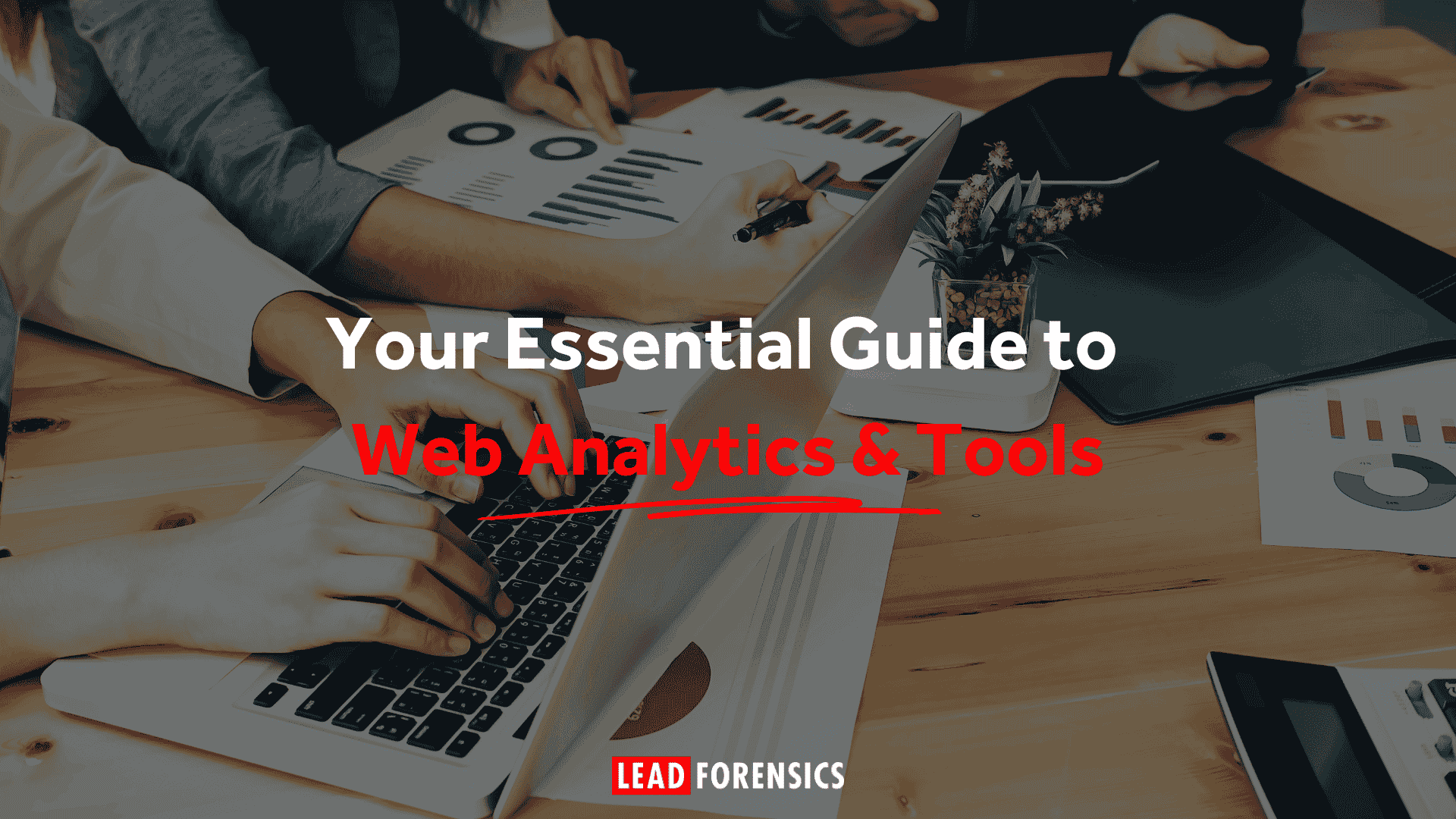Pay-Per-Click, or PPC as it is commonly known, is one of the quickest ways to generate traffic to your website. It’s about targeting an audience based on the search terms they are using, by having an ad appear next to the search results that come up for selected keywords.
As the name suggests, it is basically advertising where you pay each time someone clicks on your ad. This may be a set amount or you may need to bid against rival companies on how much you’re willing to pay to secure a prime spot beside the search results.
The popularity of PPC among marketers is huge – and for good reason. Although the ROI can vary significantly depending on various factors such as industry, competition, and ad quality, when correctly optimized, PPC advertising returns on average $2 for every $1 spent, translating to a 200% ROI.
Before you go splashing your cash, it’s important to know what you’re doing (or you could quickly find your budget has vanished but you have nothing to show for it!). Here we give you some valuable pointers on how to get started with your own PPC campaign.
Have a strategy in place
The first point to cover off is strategy. As with anything in B2B marketing, in order to be successful, you need to think about what you want to achieve and to have a solid strategy in place.
There are some key questions you need to answer before you get going, in order to ensure you set everything up correctly:
- Do you have a specific action you want visitors to perform? Do you want them to download an e-book, purchase a product, activate live chat, etc?
- How are you going to record these actions and are they being pulled through into Google Ads?
- What figures do you need to achieve? Is there a target CPA (cost per acquisition) at which point the campaign will be profitable?
- Are you willing and able to commit? As you’ll need to set a budget and stick to it.
Outlining why you want to use PPC and what your goals are will help you set up your campaigns well from the start. It’s also a good idea to set a daily budget limit that you are willing to invest in your PPC campaigns. Just make sure you stick to it! Don’t do less or more, just stay with it and learn as you go along, tweaking your campaigns as you need to.
Once you’ve collated a good amount of data then revisit your budget and check if it needs updating. For example, when you’re consistently achieving a positive ROI there is no reason not to increase your budget.
Make sure your Google Ads and Google Analytics (GA4) are linked to each other and you have goals set up. That way you can grab specific insights quickly and make any adjustments you need to.
Top tip: Switch off Google Display Network in the beginning, until you feel more comfortable in the Google Ads world. It can be confusing and works differently to the regular keyword advertising platform. You may find you quickly lose money but without much insight, so leave that option until a later stage.
What You Need For a Successful PPC Ad Campaign
A successful Google Ads campaign will consist of several key elements:
The Right Keywords
Choosing which keywords to bid on is the single most important decision you need to make. You can bid on broad terms (e.g. ‘pets’) which usually cost significantly more because lots of people are interested in them. Or you could go for what’s called long-tail keywords (e.g. ‘Yorkshire Terrier trainer New York’) which are a lot more detailed and specific.
To get it right you need to stop thinking about what you want people to search for in order to find you. Instead start thinking about what they may actually be looking for. In the previous example, a dog trainer may look at terms like ‘dog trainer New York’ but what their target audience actually searches for could be something entirely different, like ‘how to make your Yorkie stop barking’.
The key to getting it right is to do your research. Start by making a list of everything you think your target audience may be searching for, then use the digital tools that are available to see what they actually typed into the search bar.
Another set of basic keywords to include in your list is your own branded terms, like your company website, your company name and competitor websites. Just don’t get too carried away. When you’re starting out it’s always going to be more effective to build up your keywords gradually. Start with a small list and add more to it as you go along. Get some results in and then change your tactics based on the results.
The Right Ad Messaging
You will only have limited space for your ad and to get your message across to secure that all important click through from the searcher. And it’s these click throughs that’s you’ll be paying for, so you need to make sure that you’re hitting the right type of people.
If what they are looking for doesn’t match what you are offering, then you may as well just throw your money down the drain as you’ll be paying for clicks that have no hope of ever leading to anything.
The secret here is to realize that volume should not be your main goal. You’re not just aiming for high numbers and to get the most clicks you can, you’re aiming to get the clicks you really want. That means thinking about the ‘commercial intent’ of a searcher and having an advert, landing page and offer (such as a download) that is going to be relevant.
This is a particularly important point because it will also affect your quality score – a measure Google uses to calculate how and when to show your ad, and how much you’ll pay for it. The higher your score the better you’ll do in these metrics.
The number of options you have may feel a little overwhelming at first, but try not to get too distracted. Begin by thinking about the narrowest possible search terms and an offer you can make, and concentrate on doing them really well.
For our dog trainer, as an example, they may opt for a specific offer for Yorkie training in New York (or even better, something even narrower in terms of a geographical location). Narrowing it down in this way can work for PPC, even if the training isn’t just for Yorkies but can include other breeds as well. In that case, they would simply duplicate the campaign (and landing page) but change the word Yorkies for another dog breed.
Responsive Search Ads (RSAs) have replaced the earlier Expanded AdText, becoming the default ad type on Google Ads. Unlike the previous format, RSAs allow advertisers to provide multiple different text assets for Google to piece together to build the ad that loads on the SERP for every search.
This asset-driven and machine learning-powered ad format has the potential to serve over 40,000 unique variations of an ad with enough assets.
Have the Right Landing Page
Once someone clicks on your ad, they’ll be transferred to the landing page on your website that you specified. That page is also indexed by Google in relation to your keywords and ads, so will again have an effect on your quality score.
It is important for your budget, as well as your success, that a searcher gets what they are expecting when they click through. The landing page must match up to the ad messaging.
If they found ‘Yorkie Training in Manhattan’ interesting and that’s why they clicked, but the landing page then talks about a Jack Russell Breeder in San Francisco, they’re not going to be very happy! And Google doesn’t like that. Plus you’ll have paid for a click that was never going to result in anything.
Have a clear, precise and relevant offer on your landing page that leads them on to a result you’re after, such as getting them to download something, or to buy. Keep track of information that will be useful to you by including tracking codes in your thank you pages.
Tips for Successful PPC Campaigns
As well as keywords and messaging there are lots of other things to think about that could help you be successful with a PPC campaign, including:
- Make sure you have an attention grabbing title so you really stand out
- Include a keyword in your advert and display URL
- Make sure your ad points to an incredibly specific landing page
- Spend time designing and optimizing your conversion funnel
Use ‘broad match modifiers’, a keyword setting that allows your ad to show when someone searches for that keyword or a variation of it. This can help with things like misspellings and plurals among other things
Make a list of negative keywords – these can help you to only target people who will be interested in you. For example, there is a huge difference between someone searching for ‘drinking glasses’ and someone after ‘reading glasses’ even though both are called glasses. Remember to regularly check and update your list
And that goes for all your campaigns – look at them on a daily basis as the more work you put into maintenance, the stronger they’ll be
Finally, for more information and tips on creating amazing adverts check out this blog by Larry Kim on Wordstream.
Ultimately, your success in using PPC will come down to selecting the most effective keywords, using the strongest ad messaging, and meeting expectations with the right type of landing page and a fantastic offer. PPC isn’t something to just set up and forget about. It’s only through monitoring, updating, and strengthening your activity as you go along, that you’ll hit on gold in the end and the right type of traffic will start flowing.










